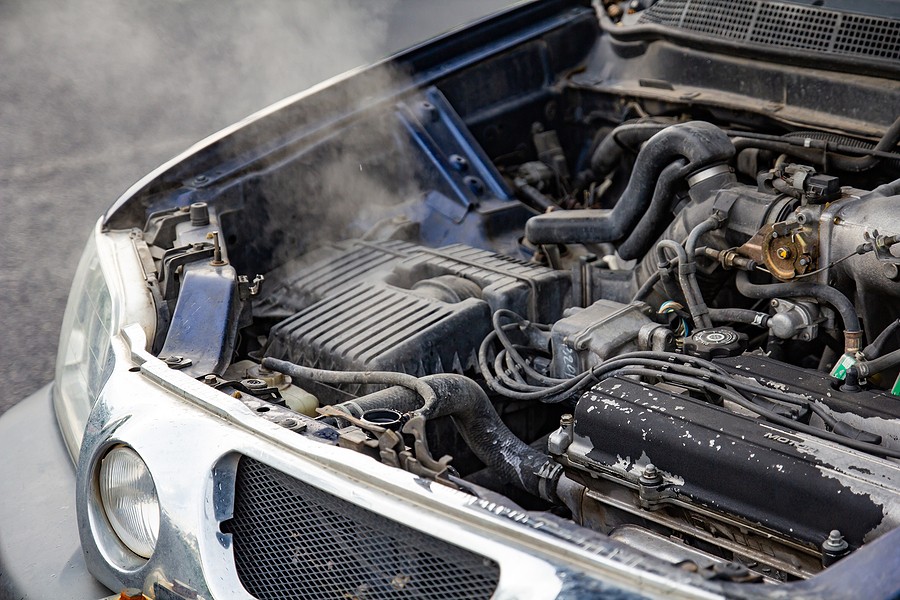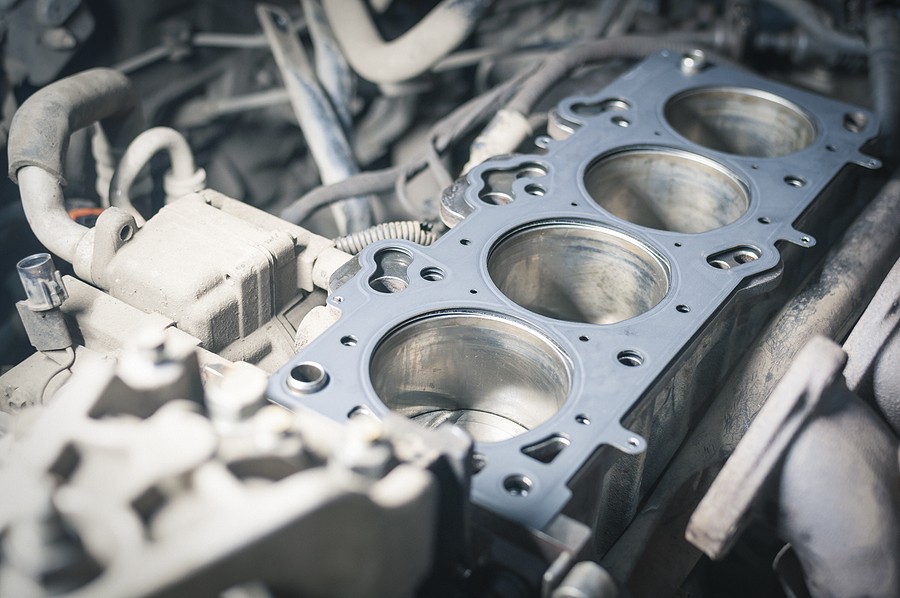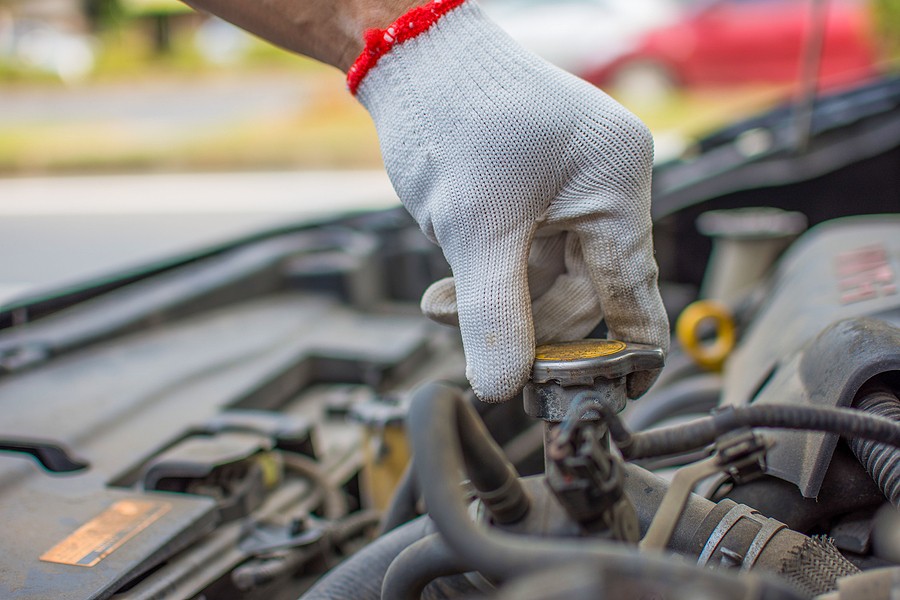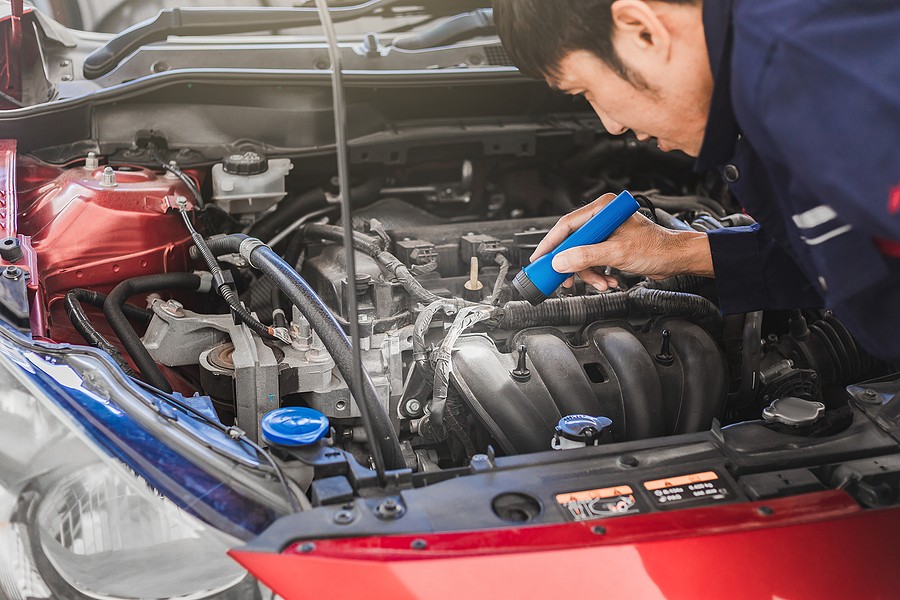If you're searching for “how to know if a coolant hose is clogged,” here are four diagnoses to try:
- Visual inspection
- System pressure test
- Flow check
- Professional inspection
Your vehicle's cooling system is critical to maintaining the engine temperature and preventing engine overheating. This system contains many components, including the hoses responsible for transporting coolant around the engine, radiator, and other components.
Over time, the hoses are expected to clog; when this happens, you might deal with many problems, including significant engine overheating that could damage the entire vehicle. Therefore, you must address any hose clogging as soon as possible.
This article provides all the details you need to know to help you answer the question, “How do you know if the coolant hose is clogged?” Read on for more details.
What are the main signs of a clogged coolant hose?
If you suspect that your coolant hoses are clogged, there are some symptoms that you might want to look for. These symptoms might apply to other problems but can help you narrow down the problem and determine whether it's related to the hoses.
The following list highlights the main signs of a clogged coolant hose:
1. Engine overheating
The first and most common symptom indicating that your coolant cause is clogged is when you're dealing with engine overheating. Typically, the engine expects the colon to start running around it to drop its temperature when it gets very hot.
However, if the hoses are clogged, they won't allow coolant to pass by and go towards the engine components. Therefore, the engine will continue to have higher temperatures until you start seeing severe signs of engine overheating.
2. Uneven temperature distribution
Another potential symptom of a clogged coolant hose is when your engine temperature is not distributed properly. In other words, if you look at the dashboard's temperature gauge, you'll see that the temperature gauge fluctuates, indicating that the engine is cold for one second. Then the engine is very hot for another second.
Temperature fluctuations are not a good thing because they might indicate that your engine is dealing with many serious problems; if you don't address the problem as soon as possible, repair costs can be very high, and you might get to the point where you have to replace the entire engine.

3. Low coolant level
In many scenarios, when your coolant hose is clogged, you might notice a drop in the coolant level. While this might be surprising, it could be related to some: escaping the system and going towards internal components or leaving the vehicle completely.
4. Coolant leaks
As we mentioned, you might notice that your coolant level drops when there is a clog in the coolant hose. This is because some clogging might add additional pressure to the system and allow coolant to break the weak seals and escape through these seals towards the different components.
Depending on the severity of the problem, you might notice visible leaks of cooling dripping underneath the vehicle. However, the coolant leak might be internal and hard to detect in other less complicated scenarios.

What causes a clogged coolant hose?
Now you have a general idea about what to look for when you suspect your coolant hose is clogged. The next step is understanding what causes this clogging and how to resolve it.
Automotive experts put together the following list to help you understand and identify the potential causes of a clogged coolant hose:
1. Sediment accumulation
Sediment accumulation is one of the first and most common reasons you are dealing with a clogged coolant hose. This argument might have entered the system from different areas, including the minerals or other debris and contaminants that got to the system through any of the Broken seals.
Therefore, you must flush out the coolant and replace it with a fresh one if you suspect there is a lot of internal sediment. Otherwise, the problem might evolve and cause your hoses to get damaged prematurely.
2. Corrosion and rust
Another similar problem that your vehicle might be suffering from that could have led to clogged coolant hoses is when you have a lot of rust and corrosion. Remember that the column is running around the engine, and as it runs, it collects a lot of contaminants and debris, including any potential rust in the cooling system.
That's why if you suspect that the column doesn't look fresh and you can see some particles of corrosion and rust visually, you should not wait on the problem and you have to check with your mechanic as soon as possible to see if it's due for equivalent flush or not.
3. Deterioration of hose material
Finally, if your coolant hose is reaching the end of its lifetime, it's not surprising to deal with situations where the coolant hoses get clogged. Therefore, you must follow the recommendations in your vehicle owner's manual and see how often you should replace the hoses and whether you must follow a certain schedule.
Keep in mind that if your vehicle owner manual does not have details about how often you should replace the hose material for your cooling system, you can perform a visual inspection or have your mechanic check on these hoses to confirm that they're in good shape and they're not due for replacement.

How do you know if the coolant hose is clogged? The diagnosis
While it's good to look for potential signs indicating A clogged coolant hose, you still need to confirm the problem because otherwise, you might be dealing with a different issue that you need to address rather than replacing the hoses.
That's why when you go to your mechanic, they'll perform one of the following four tests to confirm whether you're dealing with a clogged coolant hose or not:
1. Visual inspection
The first and most common thing that your mechanic will do is to perform what's known as a visual inspection. Typically, your mechanic will know what to look for regarding any potential deterioration or damage in the cooling system hoses.
If you're a mechanic confirmed that there are these signs, he might recommend that you replace the Whose network or just part of them where the damage is visible. Your mechanic might also look for any potential signs of unusual bulges throughout the hoses.
2. System pressure test
The system pressure test is a very common test that many mechanics perform to check on their cooling system's health. They will typically be looking for how pressurized the cooling system is.
Suppose the system is pressurized beyond what's recommended in the vehicle owner's manual. In that case, it might indicate either coolant leaks from the weak seals or potentially some trapped foreign objects within the cooling system. If that's the case, your mechanic needs to look closely and identify the locations where this clogging is happening.

3. Flow check
Another simple test that you could do yourself, even without needing a mechanic, is to perform what's known as the flow check. You can disconnect the hoses and try running water through them to see if the water is coming from the other end. If that's not the case, it indicates that the hoses are clogged.
If all you're dealing with is a simple hose clog, you can clean them up and allow water to run freely to connect it again to your cooling system and have the system running back. Otherwise, you might need to check with your mechanic and see if any damages require complete replacement for these hoses.
4. Professional inspection
Finally, suppose you cannot check whether you have a clogged cooling system. In that case, you might get into a situation where you need to check with your mechanic and have him use additional tests and tools that could help identify these issues.

How do you know if the coolant hose is clogged? Conclusion
Dealing with a clogged coolant hose is never a fun situation. It might lead to severe issues, including engine overheating that could damage your vehicle. Therefore, if you suspect that your engine is suffering from a coolant hose clogging, you must address the problem as soon as possible.
This article serves as a detailed guide to help answer the question, “How to know if a coolant hose is clogged?” Once you confirm the issue, you'd better replace the hoses if needed or clean them up to remove any potential sediment or debris accumulating within them.
Ignoring the problem for a long time is not a good idea because it leads to situations where you might need to sell the vehicle completely. However, if you confirm that your vehicle is already in bad shape and would like to sell it, we highly encourage you to call Cash Cars Buyer at 773-791-4363.
If you're interested in similar posts, we highly encourage you to visit our blog by clicking here.



